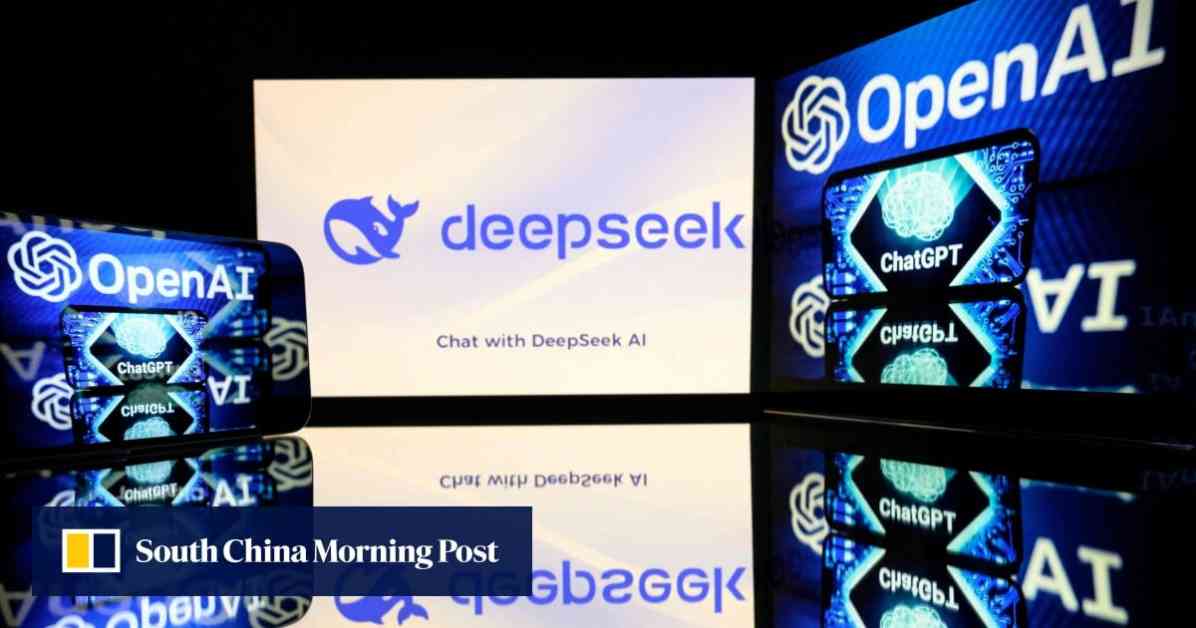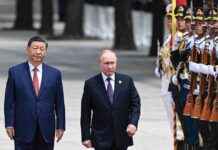In the fast-paced world of tech innovation, one of the latest headlines grabbing attention is the rapid ascent of Chinese AI development company DeepSeek. The emergence of this relatively unknown start-up has sparked discussions about talent retention in China, particularly in the face of the country’s escalating tech rivalry with the United States. Analysts and experts are closely watching how this dynamic plays out as DeepSeek makes waves on the global stage with its groundbreaking low-cost, open-source large language models (LLMs) that are giving US-based companies like OpenAI a run for their money.
### The Rise of DeepSeek: A Game Changer in the Tech Industry
DeepSeek’s success story is not just about the innovative technology it has developed but also about the team behind it. The company, based in Hangzhou, has been able to achieve remarkable feats thanks to a dedicated group of young, homegrown engineers who have demonstrated that Chinese teams can move beyond replication to true innovation. This shift signals a turning point in China’s efforts to cultivate and retain top tech talent, a critical factor in staying competitive in the global tech landscape. Analysts point to decades of investment in nurturing domestic talent as a key factor in DeepSeek’s success, highlighting the importance of creating a conducive environment for innovation and growth.
Dai Mingjie, an associate researcher at the Institute of Public Policy, offers valuable insights into the US-China talent competition, emphasizing the role of institutional conditions and innovation environments in shaping the future of tech development. As the rivalry between the two countries intensifies, the focus on talent retention becomes even more crucial, with potential risks of a significant brain drain looming if policies and incentives are not aligned to support local talent and enterprises. Dai’s research underscores the complex interplay between national policies, global capital flows, and technological advancements in determining the trajectory of tech leadership.
### Navigating a Shifting Tech Landscape: Challenges and Opportunities Ahead
The article published by the Institute of Public Policy raises important questions about the impact of China’s tech advancements on established players like Nvidia, a dominant force in the chip industry. With DeepSeek’s disruptive technologies gaining traction, there are speculations about the potential implications for industry giants and their market positions. As the US moves towards deregulating artificial intelligence to foster innovation in Silicon Valley, the stage is set for a new chapter in the tech rivalry between the two superpowers.
In a rapidly evolving tech landscape, the quest for talent, resources, and regulatory frameworks becomes a high-stakes game with far-reaching implications for global competitiveness. The rise of DeepSeek serves as a reminder of the shifting dynamics in the tech industry, where innovation and talent retention are key drivers of success. As China’s tech sector continues to make strides on the international stage, the spotlight is on how countries navigate the challenges and opportunities presented by the rise of new players and disruptive technologies.
As the world watches the unfolding drama of the US-China tech rivalry, the story of DeepSeek offers a glimpse into the complexities of talent retention, innovation, and global competition in the digital age. With each new development in the tech landscape, the stakes get higher, and the race for technological supremacy becomes more intense. In this ever-changing environment, the ability to adapt, innovate, and retain top talent will be the defining factors that shape the future of tech leadership.



























